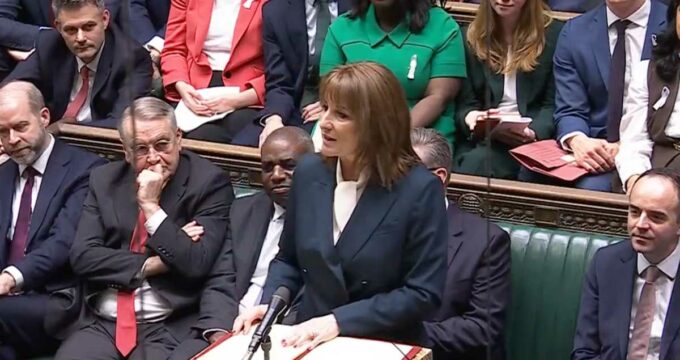Vietnam: Regulatory change expected to spur international school enrolment
New regulations due to come into effect later this year are expected to trigger significant growth in English-medium international schools in Vietnam. Under the current provisions of Decree 73, international schools in Vietnam that are entirely foreign-owned have been restricted on the number of Vietnamese students eligible for enrolment. The current policy establishes a cap that limits school enrolment to 10% local children at the primary level and 20% for secondary grades. The government policy revision is set to remove this cap, as a result, offering more international school options for local families. ISC Research predicts this could open up the market, creating significant opportunities for school growth and new school development.
Economic transformation
Phan Manh Hung is an attorney and a member of the technical team behind the new regulations. He explains the government’s motivation for the amendment: “Vietnam is entering a period of unprecedented and comprehensive integration into the global economy. In order to succeed, improving the quality of human resources and the competitiveness of the country is an urgent requirement. Education integration is key to this, but comes at a time when Vietnam is lacking a well-established and qualified education system.” “It is necessary to quickly and comprehensively internationalise the national education, to train international knowledge workers, and to develop international skills, experiences, standards and international quality,” he adds. “Therefore, the government would like to open up and attract more foreign investors in education.” According to Phan Manh Hung, this cap on local student attendance has been the major barrier for attracting foreign investment within the education sector, particularly in the second-tier centres outside of Hanoi and Ho Chi Minh City. At the same time, the demand by Vietnamese families for international education has been increasing. According to Vietnam’s Department of Foreign Training under the Ministry of Education and Training, more than 110,000 Vietnamese students moved abroad to study in 2014. This number is growing year on year and includes many children as young as 12 and 13 being sent to independent boarding schools, primarily in the UK, US, Australia, and Singapore. “The Vietnamese government is hoping that more K-12 international school options for local families in Vietnam will encourage more families to stay in the country, at least until higher education, if not beyond,” says Phan Manh Hung. Intelligence and data published by ISC in its 2017 Vietnam Market Report suggests this will be the case. “Some international schools that provide bilingual learning have been able to avoid these restrictions and attract many local families,” says ISC Schools Director Richard Gaskell. “However, most international schools in Vietnam are directly impacted by Decree 73’s enrolment cap. Many have long waiting lists of local Vietnamese families hoping for a place for their child.” ISC reports there are currently 109 English-medium international schools in Vietnam for children aged between 3 and 18, enrolling over 39,000 students.
A mirror of Malaysia?
The impact of regulation changes could result in a similar scenario to the changes that occurred in Malaysia in 2012 which saw the lifting of restrictions on the number of local Malaysian children who were able to attend international schools. A 40% cap was removed and no new limitations put in its place. Today, international schools in Malaysia are legally entitled to enroll up to 100% Malaysian nationals if they choose. Most of the leading schools aim for a 50:50 ratio of local and expatriate children. As a result of the removal of these restrictions, ISC reports the number of K-12 international schools in Malaysia has increased significantly, from 108 in 2012 to 170 today, and student enrolment has increased during that same period from 29,000 to 71,500. Phan Manh Hung says the demand for quality education in Vietnam certainly exists, but international school fees could prove a challenge for some local families. Even so, he notes, “Many Vietnamese parents recognise the value of such qualifications as IGCSE, A Levels, AP, and the IB Diploma, and would like to transfer their children to an international programme offered by international schools which, until now, have not been accessible to them because of Decree No. 73.” Once the revised policy is in place, he expects school choice to be influenced by income. “Many families will not be able to afford an international school, but they may be able to afford bilingual education where some of the learning is in English. A pure international school, particularly in tier 2 cities, is unlikely to attract many local families because of the high fees. But a diversified product; a school that offers both international and bilingual campuses, could be a popular solution here in Vietnam.” For additional background, please see:
















